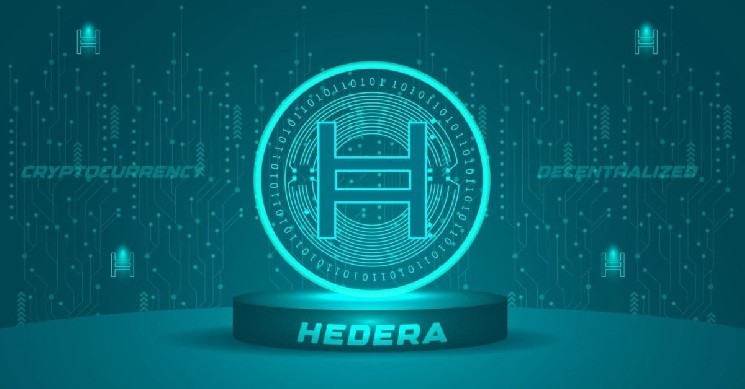- Verra’s partnership with Hedera aims to digitalize over 20 carbon credit methodologies by year-end.
- The collaboration incorporates Hedera’s blockchain for greater transparency, speeding up carbon credit processes.
Verra, one of the leading organizations in the voluntary carbon markets, has announced a strategic partnership with the Hedera Foundation. This collaboration aims to accelerate the digitalization of the carbon credit ecosystem through open-source Hedera Guardian platform.
Under a five-year investment plan, this initiative will digitize more than 20 processes by the end of this year. It aims to significantly improve the performance, transparency, and scalability of the carbon market.
By adopting blockchain technology, Vera is setting new standards for digital integration of carbon credits. Mandy Rambharos, CEO of Verra, said,
This collaboration represents a significant advancement in Verra’s digitalization strategy, enhancing our ability to deliver more efficient, transparent, and scalable climate action.
According to the press release, this partnership will help grow the carbon market, which is expected to reach a value of 35 billion dollars by 2030. It will also reduce 1.3 billion tons of greenhouse gases.
Discover how Verra, a global leader in carbon standards, is leveraging Hedera Guardian to bring transparency & automation to carbon markets, digitizing 20+ carbon methodologies to help scale real climate impact.https://t.co/2Z8rYX5XzM
— Hedera (@hedera) October 15, 2025
Streamlining Carbon Credit Lifecycle with Hedera
Traditional carbon credit systems face challenges like slow processing, fragmented data formats, and inefficient auditing processes. These issues cause delays in issuing credits and create a lack of transparency, which has hindered the growth of the climate action market.
By integrating Hedera Guardian into the Verra Project Hub, the partnership will make it easier to manage every step of the carbon credit lifecycle. Project developers will now have access to digital tools in real-time, allowing them to submit data in standardized formats and track progress using automated tools. These digital tools will not only speed up the submission process but also ensure greater transparency in carbon credit management.
Hedera’s digital monitoring, reporting, and verification (dMRV) capabilities ensure that every data point is immutably recorded on the network. This tamper-proof record is designed to provide confidence in the integrity and impact of carbon credits.
This development marks Verra as the first major carbon standards organization to embrace blockchain technology on such a large scale.
Hedera Turns Oil Investments into Digital Tokens
The latest partnership follows Hedera’s recent launch of its oil tokenization project, which went live just a few weeks ago, according to CNF. In this initiative, ownership interests are tokenized as blockchain-based security tokens. This move highlights Hedera’s growing role in making compliance easier and ensuring full lifecycle management in sectors like energy and finance.
At present, Hedera’s native token, HBAR, is trading around $0.1801, showing a decrease of 4.85%. However, analysts believe that the token could rise in value.
According to Jonathan Carter’s recent analysis, HBAR appears to be consolidating within a bullish flag pattern. The breakout levels target $0.30, $0.40, and $0.60, suggesting a potential rally ahead.

